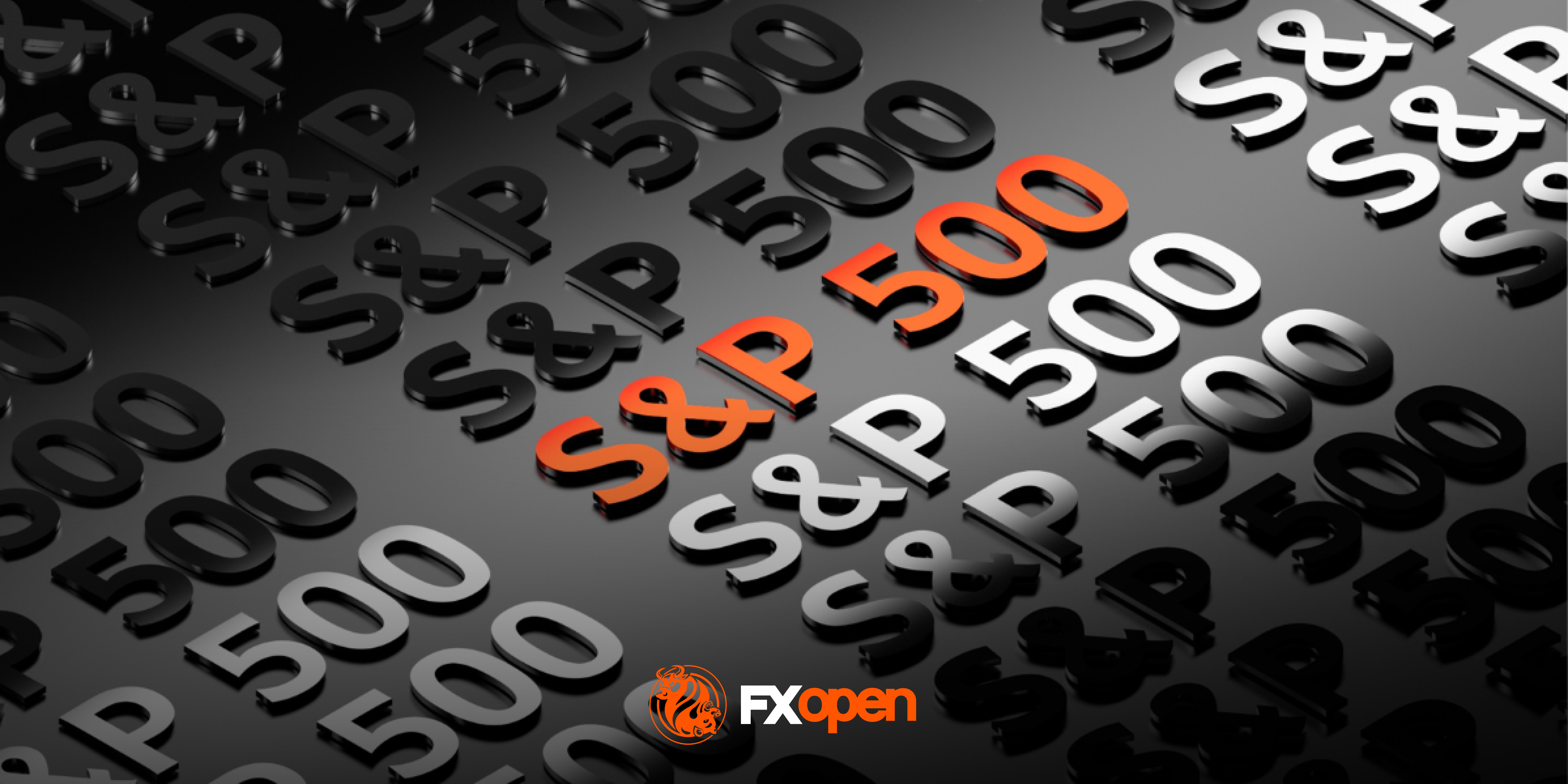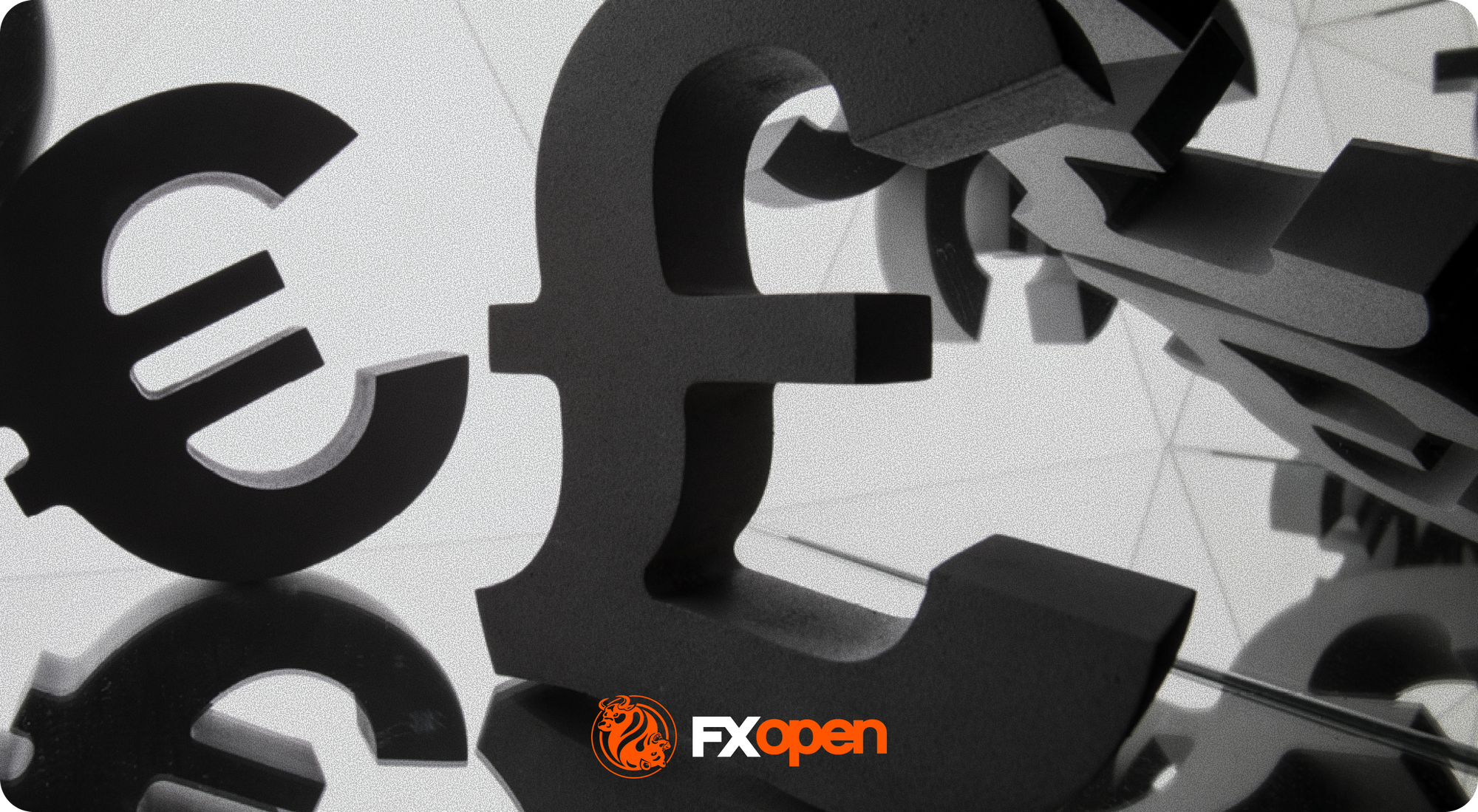FXOpen

One of the biggest problems facing the Forex retail trader relates to how much money needed for Forex trading. A proper answer to this question is not an easy one – it deserves special attention.
Different factors come to the equation. For instance, the trading strategy involved. Or, the expectations from Forex trading.
Some traders prefer to jump in and out of a trade quickly. Called scalpers, they aim to trade each single market move. For them, small amounts of money to “play” the market are enough. However, being consistently profitable using such strategies is a challenge.
Other traders prefer to keep positions open for a more extended period. Swing traders, as they’re referred to, they need more capital for available margin because the swing strategies used to require a wider stop.
Investors, on the other hand, tend to keep a position open for a longer time. Often, they trade ahead of the curve, right at the peak of the business cycle or before contraction ends. To sustain such long periods until the market turns, investors require large amounts of capital sitting idle in the trading account.
Minimum Investment for Forex Trading – Why Is It Important?
Is it possible to start Forex with no money? It depends. Some brokers offer special incentives to attract traders to the market. For instance, some promotions require no financial effort from the trader. Instead, the broker credits a live trading account with some capital (usually a small amount), and the trader is free to trade. All profits belong to the trader after all conditions of the promotion were satisfied.
So how much do I need to start trading Forex? The answer is not simple. As mentioned earlier in the article, it depends on the strategy involved.
Moreover, it depends on your trading expectations. For instance, if you treat trading as a hobby, you won’t need much capital. If you have a day job and all you want to do is to play for a few hours on the live Forex market, then small amounts satisfy the need for adrenaline.
However, if you’re serious about trading and want to dedicate time and effort to make it, think of a decent amount that doesn’t jeopardize your living standard. On top of that, using money management helps navigate the tough markets and protect your trading capital.
Start Forex Without Sufficient Capital
Enough capital in the trading account determines the available margin needed for taking trades. The more capital, the better. But how much is too much, and what is the right amount for a Forex deposit?
The type of trading account imposes some limitations too. For instance, some trading accounts (i.e., ECN accounts) have bigger minimum deposit requirements due to higher costs for providing the ECN execution.
But mostly the problem is one about perception. More precisely, the wrong perception about the markets and false expectations about the possible outcomes.
Forex Trading – How Much Money to Start With?
Regardless of the trading strategy, the right approach is not the amount of money to start with. Instead, traders need to define their objectives first and then set the amount needed.
Many brokers offer the possibility to start Forex trading with 100 dollars or euros or whatever the currency is. Typically such a trading account is a micro one, and traders can use micro-lots to enter the market. Namely, traders can place long and short trades using as small volume as 0.01 lots for each trade.

So, yes, it is possible to start Forex trading with 100 dollars, but that won’t get a trader anywhere in terms of profitability in the long run. Imagine you have a net rate of return after one year of consistent trading of 40%. That means $40 profit in the trading account – not enough to consider yourself a profitable trader.
Why not? After all, a profit is a profit. While that’s true, the psychological factor is not priced in when trading small amounts of money. More precisely, when trading money that you don’t care about losing.
The problem is that by the time you end up trading a hundred-times more in terms of volume, every market swing, in your favor or against you, will make you wonder why you should not book the profit or get out with a minimum loss. Whereas, if the account is small and the volume insignificant, you stay and follow the Trading plan because the result won’t affect the bottom line – you’ll be OK with or without the $100.
This is where money or risk management kicks in. The difference between profitably trading with a small account and with a large one is the money management system.
It doesn’t mean that trading with small amounts is useless. In fact, the next step after trading a demo account is to use a small amount on a live account. This way, you can test the broker’s live conditions, how the spreads evolve in a live trading environment, and so on. After a while, you can move trading a bigger amount using a sound and proper money management system.
What Makes a Good Risk Management System?
A risk management system is a set of rules to follow to contain the risk. No one rule makes a system, but a set of rules used together to protect the trading account.

To start with, every trade must have a stop-loss and a take-profit order. It reflects a trading plan is in place and the expectations from any given trade.
Many rookie traders tend not to use a stop-loss or to set a “mental” stop-loss order. That’s not good as the mind plays tricks on all of us, and the next thing you know, the market moves so fast that the account gets wiped out.
Next, the difference between the stop-loss order and the take-profit must reflect a ratio bigger than one. Ideally, the ratio is bigger than two, three, or more. The higher, the better for the trading system and the trading account.
More precisely, the reward should exceed the risk involved by a factor or two, three, or more. If you risk $100 in a trade, make sure you target minimum of $200 or $300. This way, for every two or three losing trades, one single profitable trade is enough to break-even.
To continue, try to limit the risk for any given trade. For instance, trade one or two percent of the trading account on any given trade. No more!
This way, the chances to lose the trading account decrease significantly. For instance, by risking one percent of the trading account on any given trade, even losing seventy-two trades in a row won’t mean losing the entire account, but only half of it. But then again, if you lose so many consecutive trades, it may mean the trading system is flawed, and you must look for a way to fix it.
Conclusion
As this article points out, there’s not a conventional rule that defines how much money is needed for Forex trading. Instead, it depends on the trading strategy, trader’s experience, and expectations, as well as on time available to monitor and trade the markets.
Forex trading is not for everyone, and it requires mastering market psychology and knowing yourself as a trader. Before asking yourself how much money do I need to start Forex trading, ask yourself what do you bring to the trading table so that it makes you a profitable trader?
As always, FXOpen intends to build a close relationship with its traders by bringing the ups and downs of trading in a fair and transparent way. Choose from our range of trading accounts and enjoy trading financial markets!
This article represents the opinion of the Companies operating under the FXOpen brand only. It is not to be construed as an offer, solicitation, or recommendation with respect to products and services provided by the Companies operating under the FXOpen brand, nor is it to be considered financial advice.
Stay ahead of the market!
Subscribe now to our mailing list and receive the latest market news and insights delivered directly to your inbox.







